A dispatch from our Art Editor on the art and illustrations in the Review’s November 21 and December 5 issues.
The month our office spent working on the November 21 and December 5 issues was marked by the strange New York weather—a drought, temperatures in the seventies—and the anxious drama of the election. During the weekend between issues, I launched a new edition of The Native Trees of Canada, a book of my paintings of trees, at the McNally Jackson bookstore. My Canadian friends Sheila Heti and Jason Logan came to town; Heti had written a new introduction while Logan makes ink from trees. He had discovered a version of druid tree astrology based on birth dates, and we spent the afternoon before the launch making cards for the attendees. In a time of uncertainty and anguish, when leadership is wobbly and the future murky, it seemed the right moment to consider the wisdom of the trees.
I wanted a figure for the cover of the November 21 issue, to echo the essays about the writers Janet Frame and Rachel Cusk, as well as the article about John Singer Sargent’s portraits of the Wertheimer family. I’d seen a show of small Cecily Brown paintings at the Thomas Dane Gallery in London in 2022 and was struck by a figurative one titled Plage (girl on a beach) (2021). Brown’s solo show, “The 5 Senses,” is at Paula Cooper Gallery until December 7.
I asked Oliver Munday for something to go with Coco Fusco’s review of two books about the detention of migrants in America and the legal limbo into which they are thrown. He sent an alarming image of a family in flight, in red and black. The Los Angeles artist Zack Rosebrugh made a number of subtle revisions to his likeness of Rachel Cusk, trying to get her expression just right for Elaine Blair’s review of her latest novel, Parade.
For Michelle Nijhuis’s review of two books about the human destruction of wild places, I wrote to the Canadian painter Kim Dorland, whose glowing, fiery oils are fit for stories of environmental meltdown. I painted a watercolor study of the poet Reginald Shepherd, whose early death in 2008 meant that there are few extant photographs of him. In Langdon Hammer’s wonderful review of his selected poetry, he reveals that Shepherd, after a difficult childhood, had no photos of himself that had been taken prior to his first author’s photo.
I asked the writer Gaby Wood for a portrait of Janet Frame to go with Clair Wills’s review of Fitzcarraldo’s new edition of Frame’s The Edge of the Alphabet, which was first published in 1963. Wood went above and beyond, reading the review and re-reading Frame’s novels. She sent me pictures of her etching proofs in progress, drying over her sink. Of Wills’s review, Wood wrote: “I especially liked that point about thinking references to the way psychiatric patients were treated had come from a book, when in fact they had clearly come from Frame’s life, and the mistreatment [was] universal. Also, I’ve loved reading An Angel at My Table.” For Tim Parks’s review of a new biography of Nathaniel Hawthorne, I wrote to Romy Blümel, who turned in a bright, mustachioed portrait of the son of Massachusetts.
The series art in the issue, “Tobot Blocks,” is by Henning Wagenbreth.
Our December 5 issue shipped two nights after the election, and the cover was up in the air until the last minute. No piece of fine art could illuminate the moment, so we returned to the gravity and urgency conveyed by the Review’s early issues from the 1960s, when the first essay began on the cover. Fintan O’Toole’s essay about Donald Trump’s reelection made me think of the listing boats surrounded by sharks in Winslow Homer’s Prouts Neck paintings. Inside the issue, we used his Sharks (The Derelict) (1885) alongside the conclusion of O’Toole’s piece.
I asked the London-based artist Ruby Ash for a portrait of the Canadian philosopher Charles Taylor, for Adam Kirsch’s review of Taylor’s book about poetry and cosmic truth. “The sunlight breaking through the clouds symbolizes Taylor’s belief in the profound connection between humanity and nature,” Ash wrote to me, “as well as the spiritual power of poetry to unite us with the world.” There are many beautiful images of great auks, the flightless bird from Iceland that went extinct in the nineteenth century, but we chose a 1900 illustration by John Gerrard Keulemans of a mother and chick to go with Tim Flannery’s heartbreaking essay about the last expedition to find the birds.
I asked Grant Shaffer for a likeness of Roger Casement after looking up images of Casement and being struck by how dashing he appeared. Shaffer’s portraits are always quietly glamourous, so I thought his style would be a good fit for John Banville’s review of Broken Archangel: The Tempestuous Lives of Roger Casement, by Roland Philipps.
Zadie Smith’s essay about dreaming in the Nazi era came in at the last minute, so I had a single afternoon to secure a piece of art. I remembered the painter Nancy Friedland had made a series of sleeping figures, and we chose All mothers were summoned #11 (2022), which has a Munch-like quality that accorded with the darkness of the piece. Friedland’s work can be seen in a group show at Sonya Gallery until December 9.
The series art in the issue, “Morphology,” is by Sol Cotti.


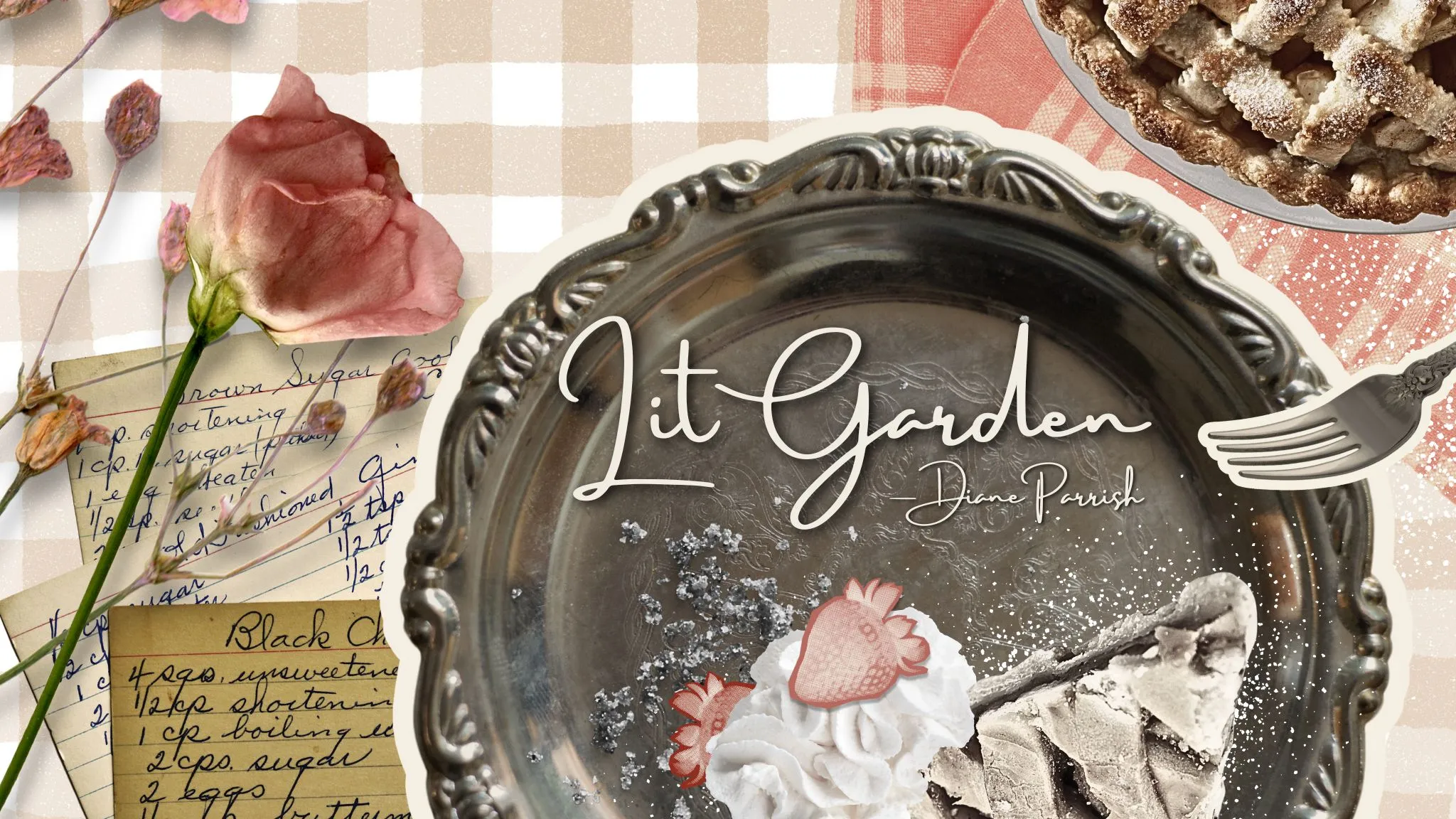
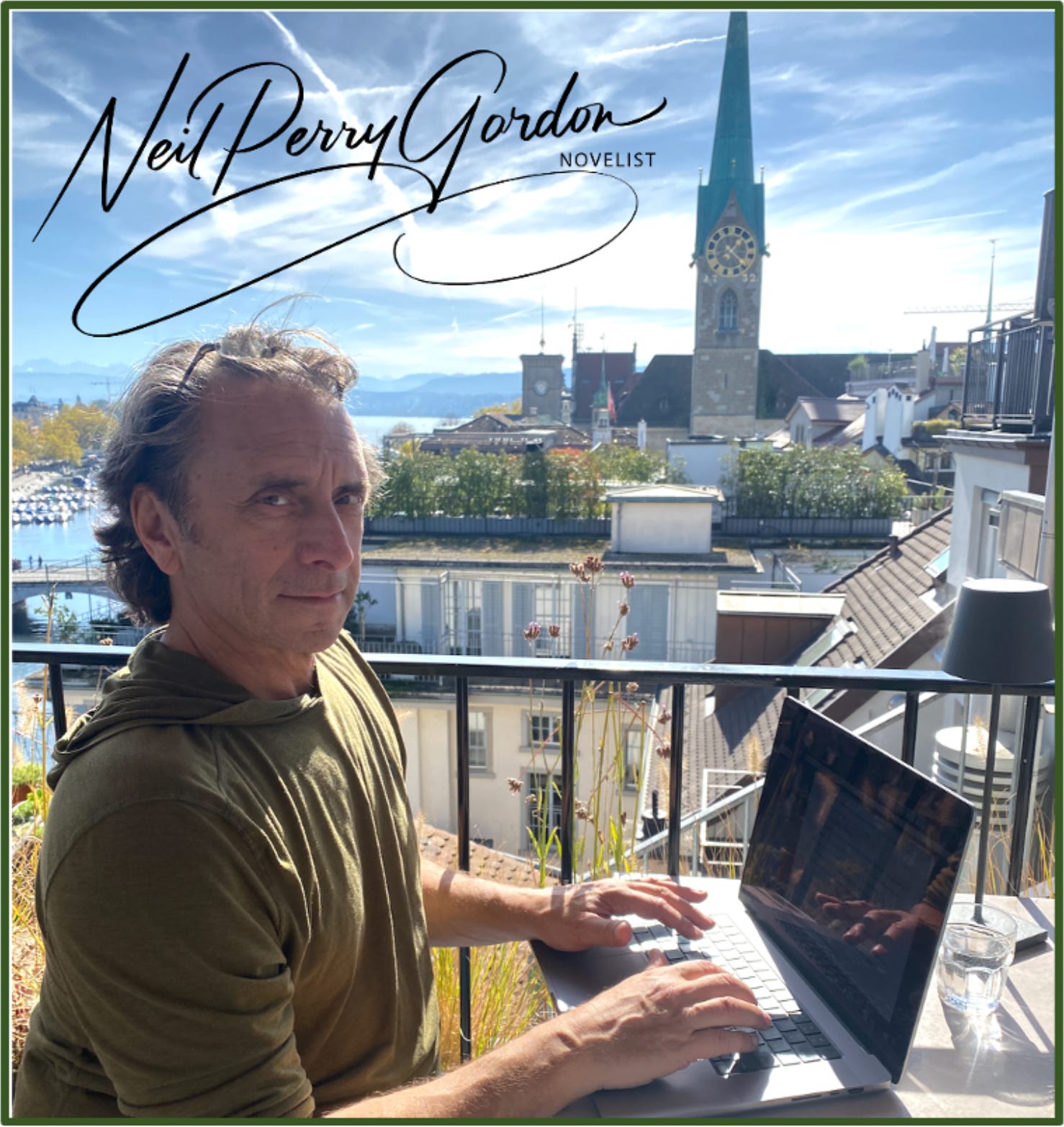
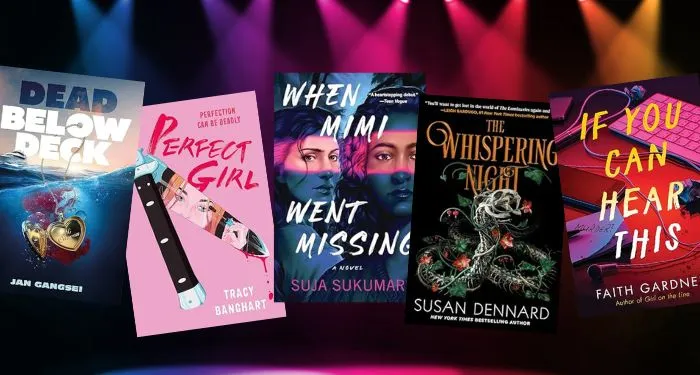
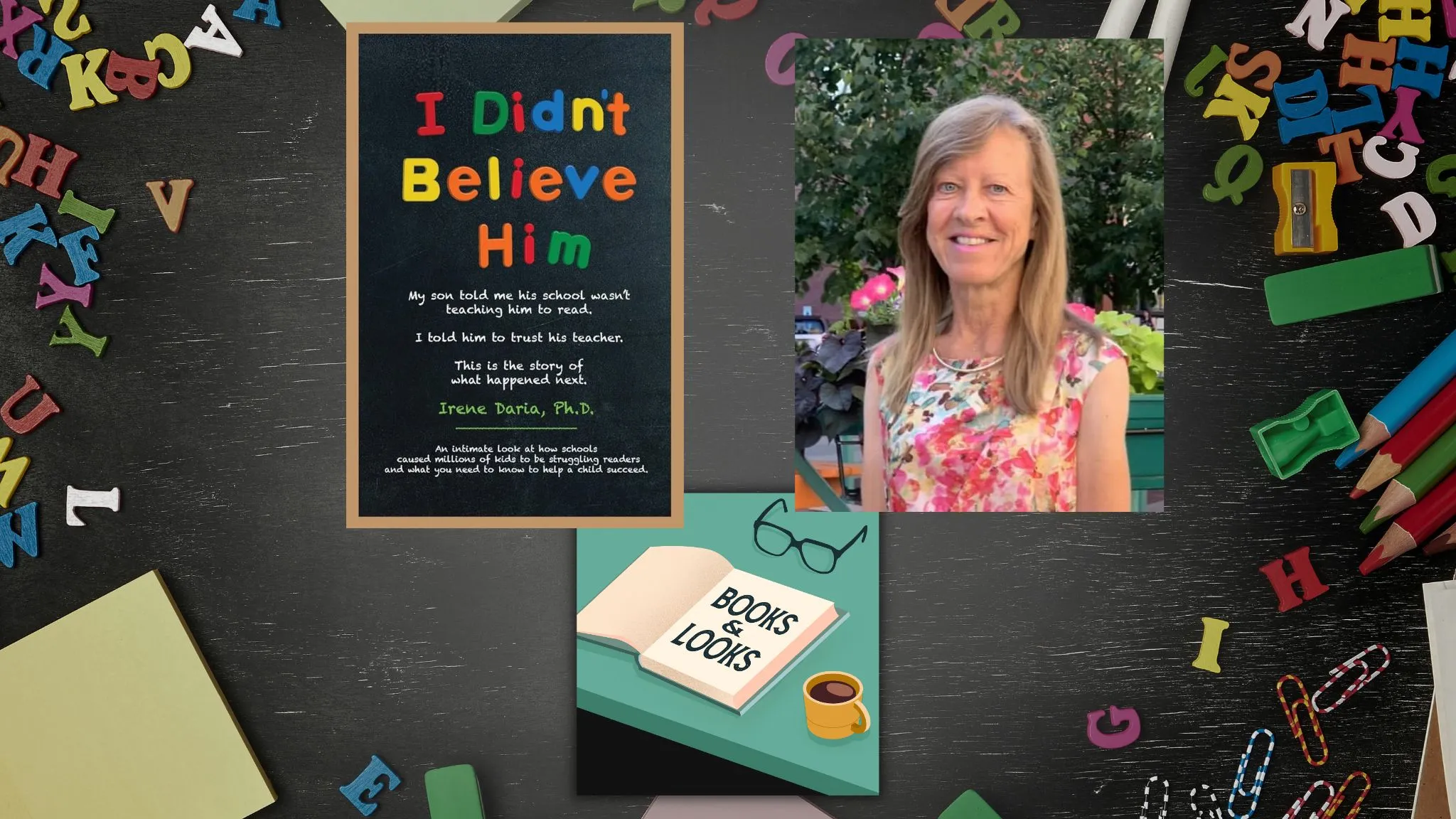



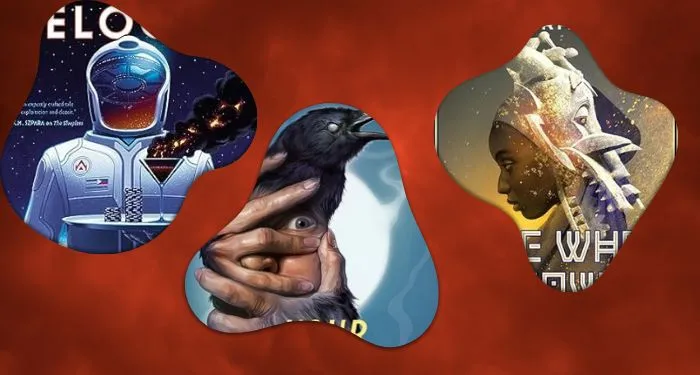

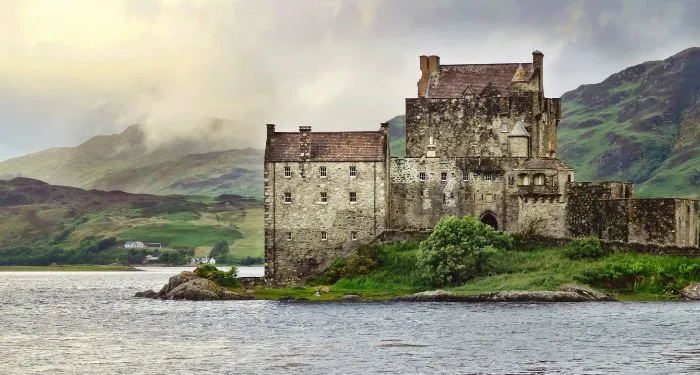


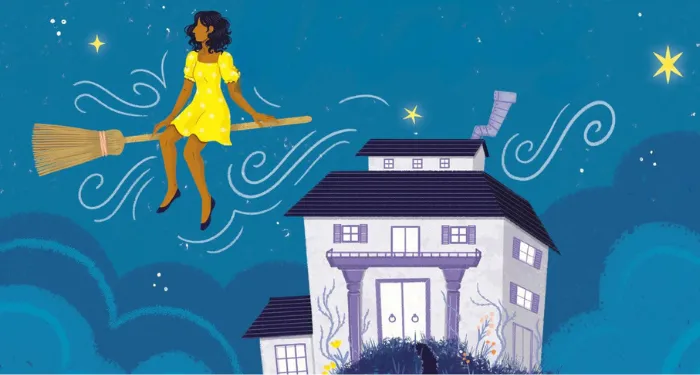


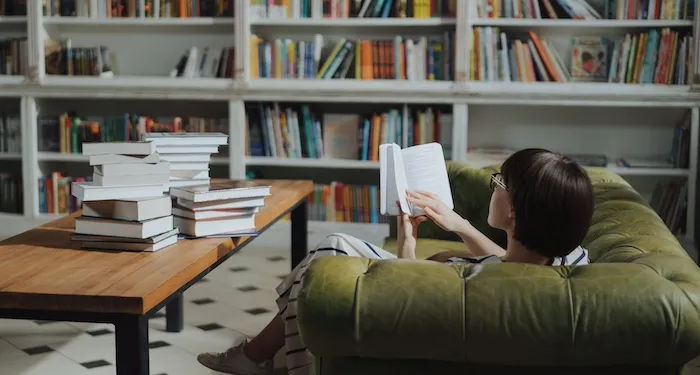

 English (US) ·
English (US) ·